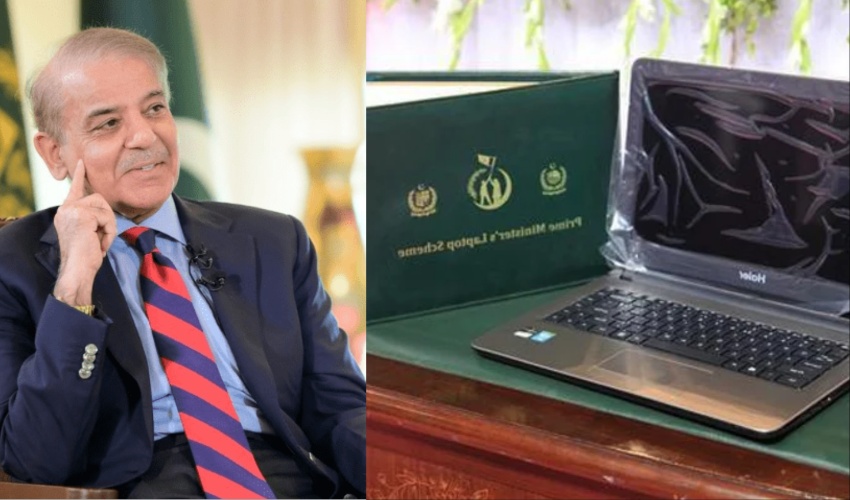By 2030, Pakistan is projected to owe a staggering Rs49,629 billion in local debt, according to a recent government document detailing the nation's borrowing patterns.
The report outlines that these loans were taken through investment bonds, treasury bills, sukuk, and savings schemes.
The document details a substantial repayment schedule over the next five years, including both principal amount and interest payments.
Also Read: SBP reports 11.5% growth in banking sector for first half of 2024
Notably, 2024 will see the highest repayment amount, with Rs13,269 billion due. This will be followed by Rs12,723 billion in 2025, Rs7,684 billion in 2026, Rs4,758 billion in 2027, and Rs5,608 billion in 2028. In 2029, the government will need to repay Rs4,153 billion, and finally, Rs1,434 billion in 2030.
A significant portion of this debt, approximately 59%, has been acquired through Pakistan Investment Bonds, 22% of the debt stems from treasury bills, while 10% is attributed to sukuk bonds. The remaining debt has been sourced from National Savings Schemes and prize bonds.
Also Read: Pakistan’s exports rise by 14.42% in two months
Meanwhile, Pakistan’s economy received a welcome boost recently, with the country's current account recording a surplus of $75 million in August. This reversal of fortunes is attributed to the record increase in remittances from overseas Pakistanis.
According to data released by the State Bank of Pakistan (SBP), the current account deficit in July stood at $246 million, making the August surplus a remarkable turnaround. This development is expected to bring stability to Pakistan's economy.
Experts hailed this surplus as a positive sign, citing the increased remittances as a key factor. “The surge in remittances has helped bridge the trade deficit, resulting in a current account surplus,” said an economist.


























